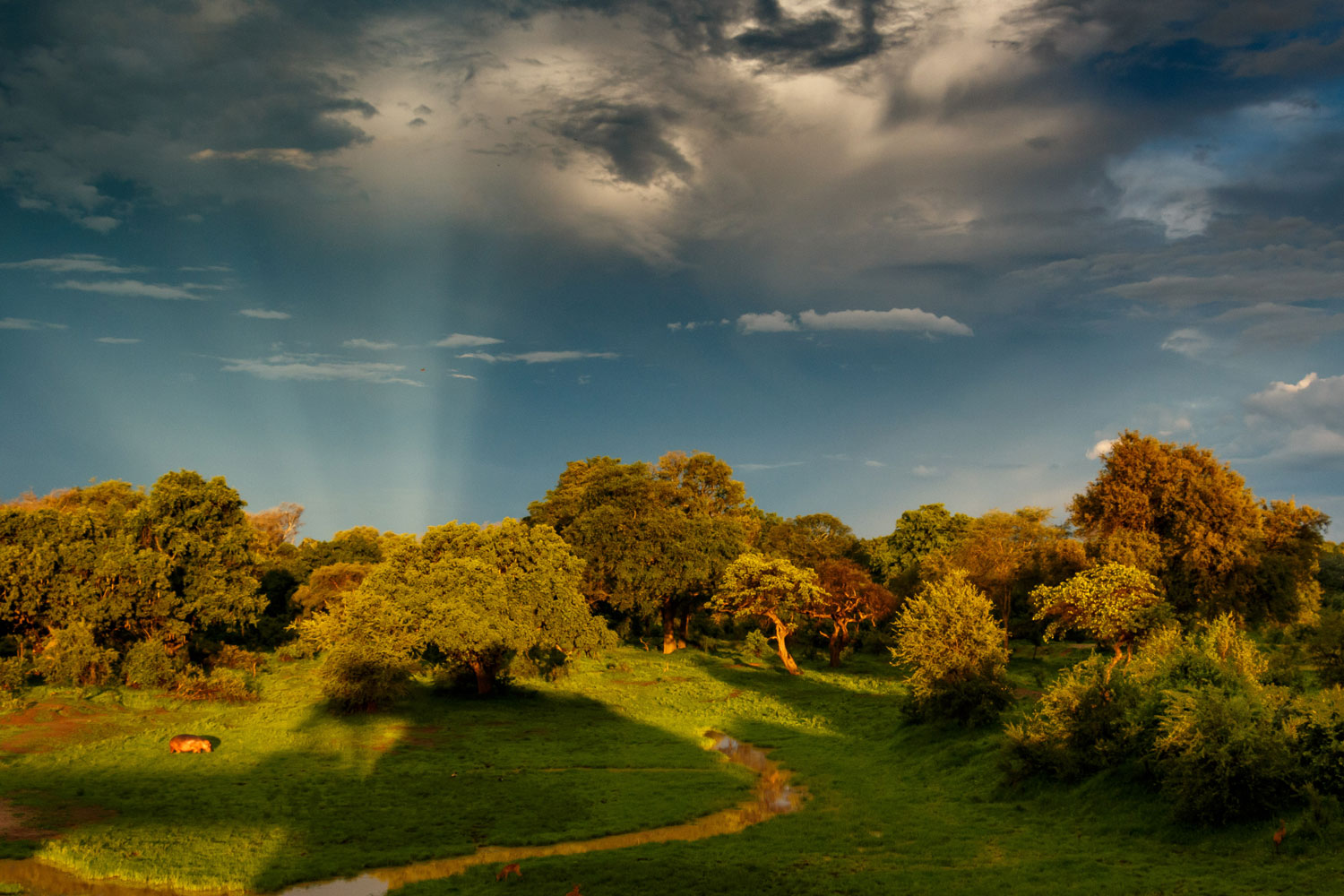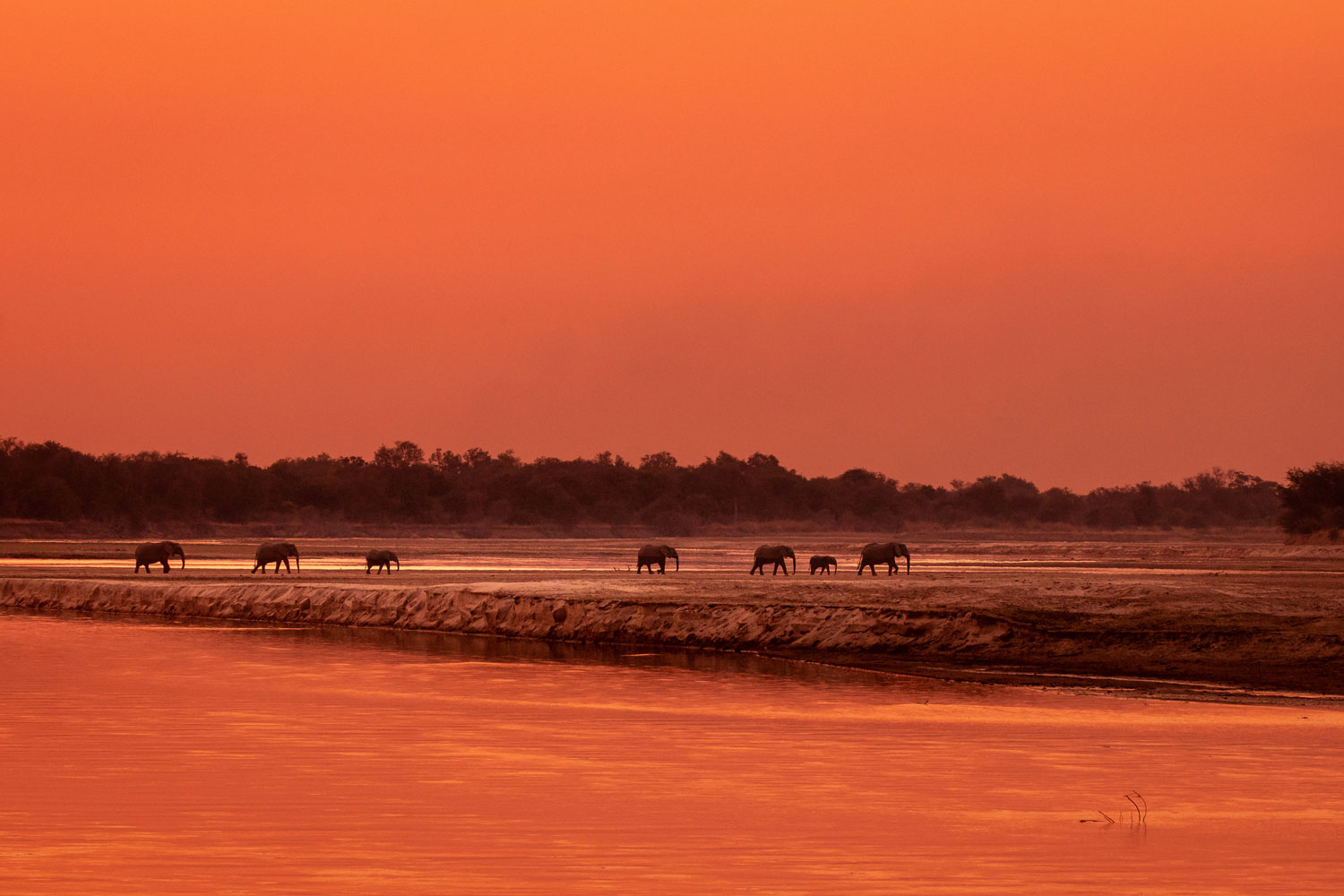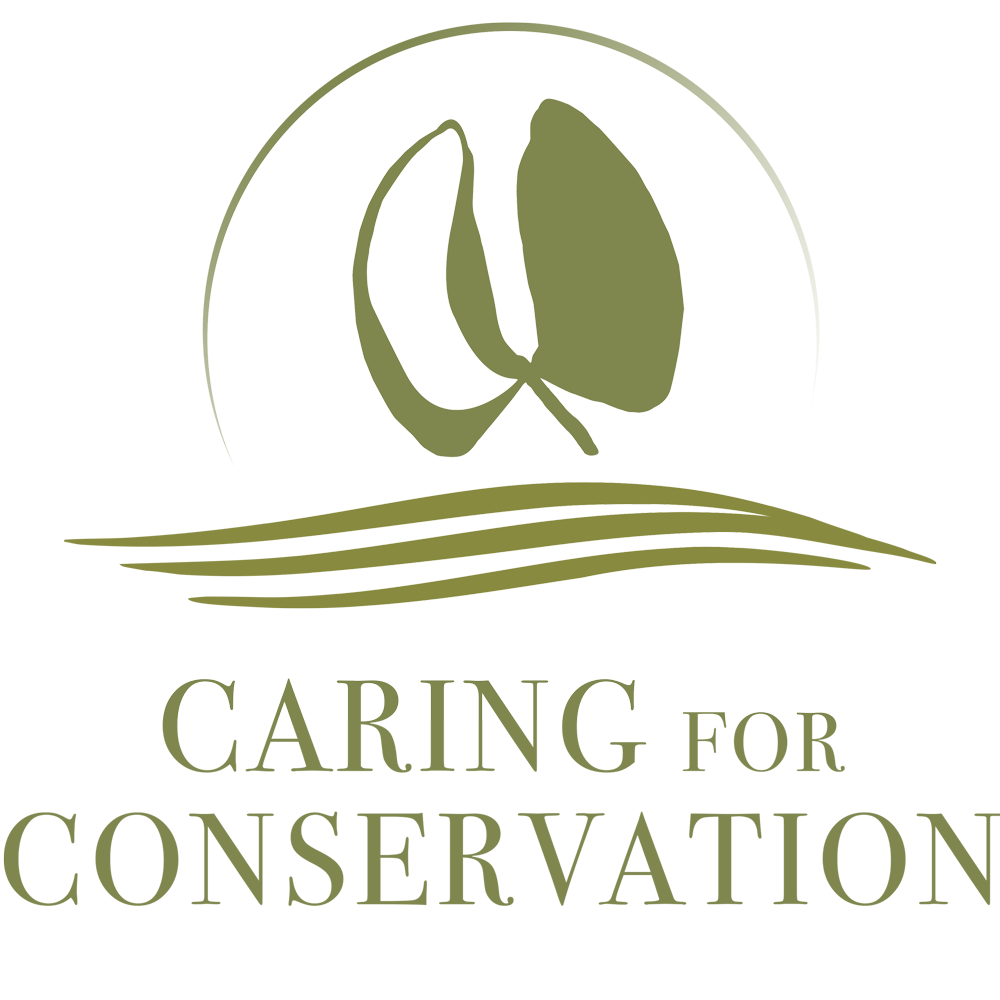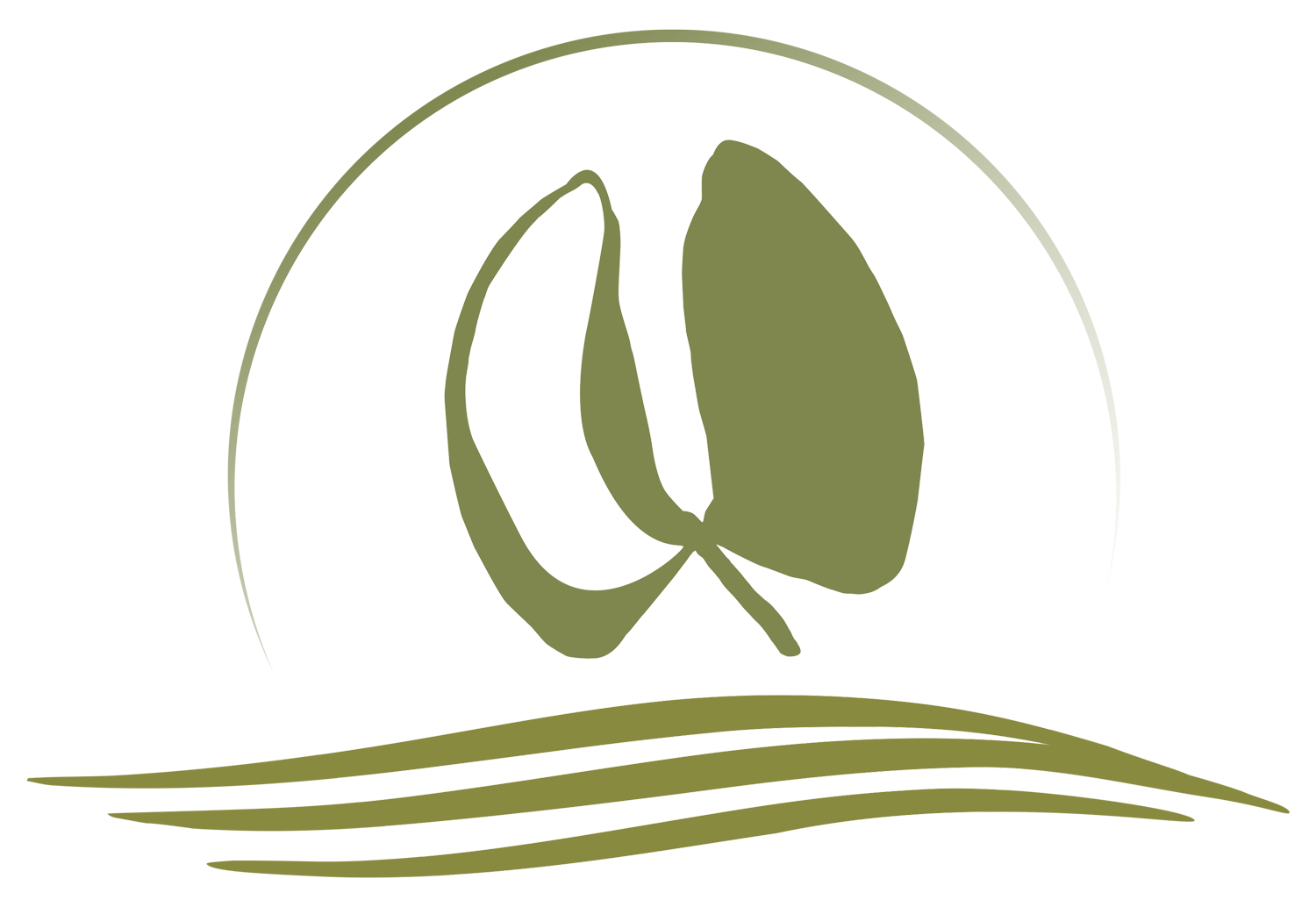South Africa
South Africa country information
South Africa – diverse landscapes and immense biodiversity
South Africa, located at the tip of the African continent, inspires with a rich cultural heritage, incredibly diverse landscapes, and an immense wealth of species. The following country overview provides the most important information on the at the tip of Africa.
Our projects in South Africa
Profile of the Republic of South Africa
South Africa - diverse landscapes and immense biodiversity
Pretoria (executive), Cape Town (legislature), Bloemfontein (judiciary)
Population
approx. 60 million
Location
At the southern tip of the African continent
Neighbouring countries
Namibia, Botswana, Zimbabwe, Mozambique, Swaziland, Lesotho
Area
approx. 1,220,000 km²
Official language
isiZulu, isiXhosa, Afrikaans, sePedi, English, seTswana, seSotho, xiTsonga, siSwati, tshiVenda, isiNdebele
Currency
Rand
Form of government
Parliamentary democracy with a strong Executive President and federal elements

Geography and Climate of South Africa
South Africa is located at the southernmost tip of the African continent. The country's coastline stretches over 2500 km and borders two oceans, the Atlantic and the Indian Ocean. At just under 1,200,00 km², the country's area is roughly three and a half times that of Germany. South Africa borders the neighbouring countries of Namibia, Botswana, Zimbabwe, Mozambique and Swaziland. As an enclave, Lesotho is entirely within South Africa.
The central inland highlands - also called the "Highveld" - make up the largest part of South Africa's land mass. The semi-desert plateau lies at altitudes between 1000 and 1800 metres. Towards the north, it merges with the lower-lying Kalahari Basin. To the west, south and east, the Highveld is bordered by the 20 to 300 km wide mountainous coastal strip called the Great Escarpment, which slopes steeply down to the coasts.
The climate of the country is very diverse. While the western coastal zone has an arid to strongly maritime climate, the east coast has a semi-humid and also distinctly maritime climate. On the south coast, the climate is semi-arid to semi-humid; in the interior, on the other hand, it is fully arid to semi-arid. The Cape Town region is characterised by a Mediterranean climate.

Economy in South Africa
South Africa is considered an economic and political trailblazer for Africa and strongly influences the political stability of the continent. In terms of GDP, South Africa is currently the second-largest economy on the African continent and the only African member of the G20. In comparison with other countries on the continent, South Africa stands out above all for its good infrastructure, a world-class financial sector, extensive raw material reserves, excellent science in some areas, and a reliable, independent legal system.
South Africa's most important economic sectors are mining (especially coal, gold, platinum, and iron ore), the automotive industry, agriculture, and tourism.
However, despite much progress, the consequences of apartheid have not yet been overcome. In addition, years of economic growth were severely dampened by the economic crisis in 2009. More than one million jobs have been lost since then. Unemployment particularly affects people with little education and no training - almost half of the population. More than 20% of South Africans still live in abject poverty. In addition, more than 3 million immigrants live in South Africa, mainly from neighbouring countries.

Flora and Fauna in South Africa
South Africa has numerous vegetation zones, ranging from extreme desert in the Kalahari on the border with Namibia to subtropical forests in the south-east of the country and on the border with Mozambique.
The country comprises nine biomes - grassland, bushland, savannah, desert, forest, the Indian Ocean coastal belt, Nama-Karoo, Succulent Karoo and fynbos - three of which are classified as biodiversity hotspots. With this landscape diversity also comes an overwhelming species richness. The country is home to about 10% of all plants and 7% of all reptiles, birds and mammals in the world.
About 300 species of mammals, more than 800 species of birds with 40 endemics and more than 100 species of reptiles live in South Africa. Well-known mammal species include elephant, rhino, buffalo, lion, leopard, cheetah, wild dog, giraffe, zebra, crocodile, antelope and various monkeys.
South Africa's nature can be discovered in numerous nature reserves and national parks, including the Kruger National Park, the Addo Elephant National Park, the Garden Route National Park and the Kgalagadi Transfrontier Park.


Species Conservation in South Africa
South Africa's biodiversity is one of the country's greatest strengths. However, many of South Africa's native species face major threats. Threatening factors are mainly habitat loss, climate change and poaching.
In the past years and decades, numerous national parks and nature reserves have been established, in which wild animals such as wild dogs, vultures, cheetahs and giraffes find protection alongside the "Big Five".
Currently, 8% of South Africa's land area is protected. There are over 20 national parks from "South African National Parks" (SANP), a number of large private game reserves and around 500 smaller protected animal and plant reserves. The plan is to expand the protected land area to 10% in the coming years.
In addition, there are more than 400 organisations operating in South Africa that aim to protect and conserve plants, wildlife and habitats. The safari industry fosters conditions for continued or increased conservation.







